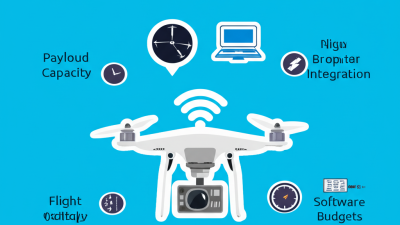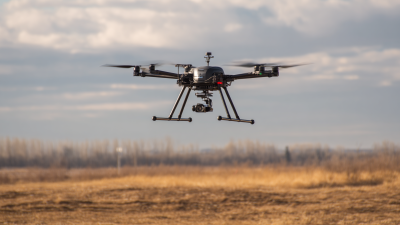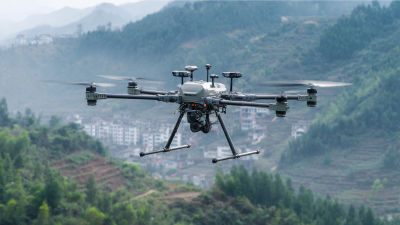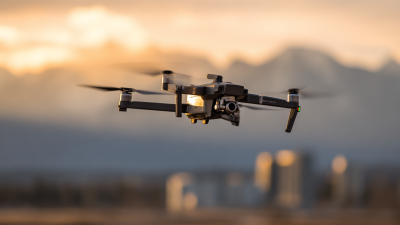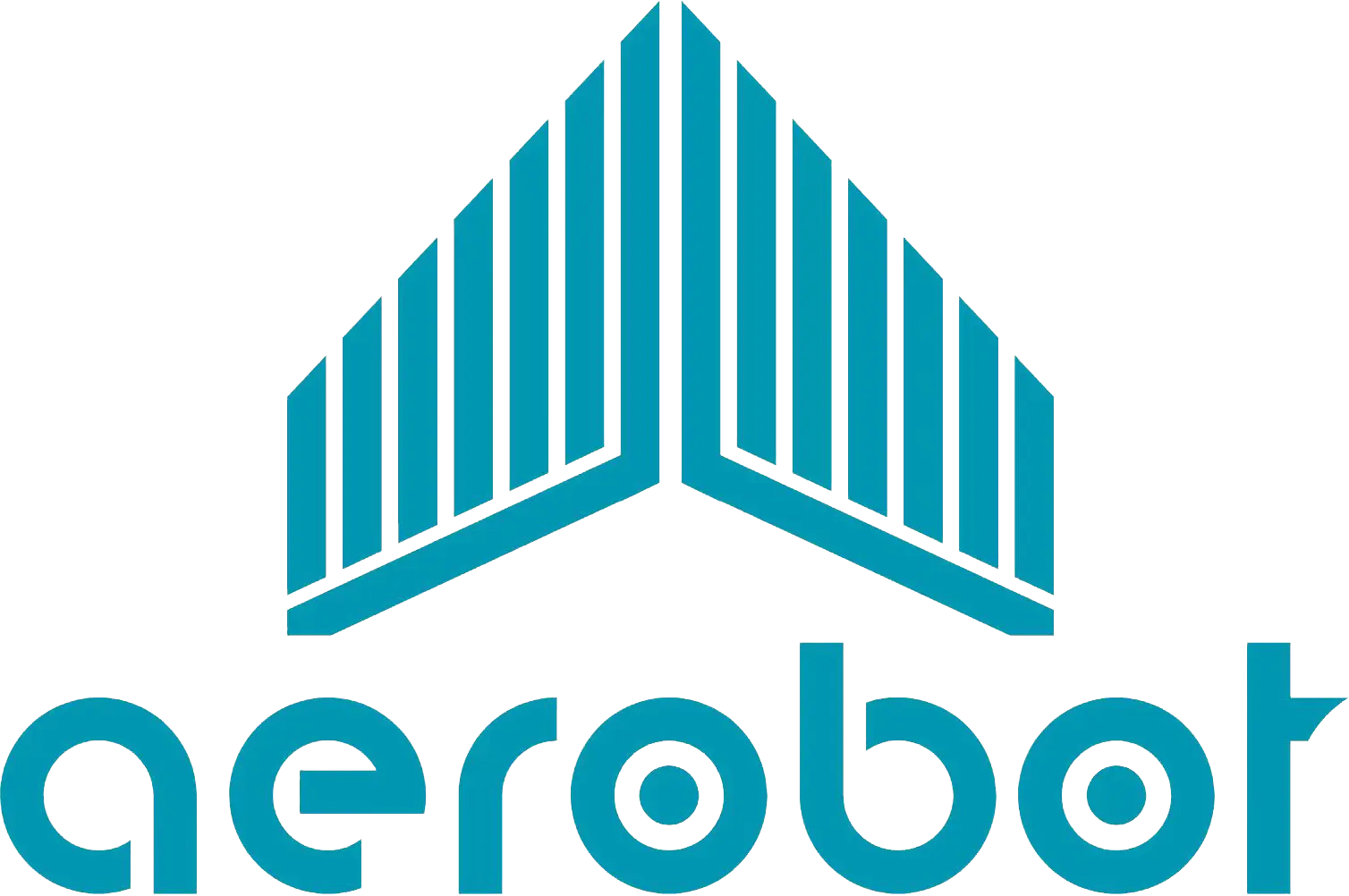Leave Your Message
The agricultural sector is increasingly turning to advanced technologies to improve productivity and efficiency, and one of the most transformative innovations is the use of UAV (Unmanned Aerial Vehicle) technology. According to a report by Markets and Markets, the agricultural drone market is projected to reach $1.2 billion by 2025, growing at a CAGR of 30.5%. This surge is driven by the need for precision farming, where UAVs play a pivotal role in enabling farmers to monitor crop health, optimize resource usage, and enhance yield. With capabilities such as aerial imagery, real-time data collection, and even targeted spraying, UAVs help minimize operational costs and improve decision-making. By leveraging these sophisticated tools, farmers can significantly increase their agricultural output while ensuring sustainability, making UAV technology an indispensable asset in modern agriculture.
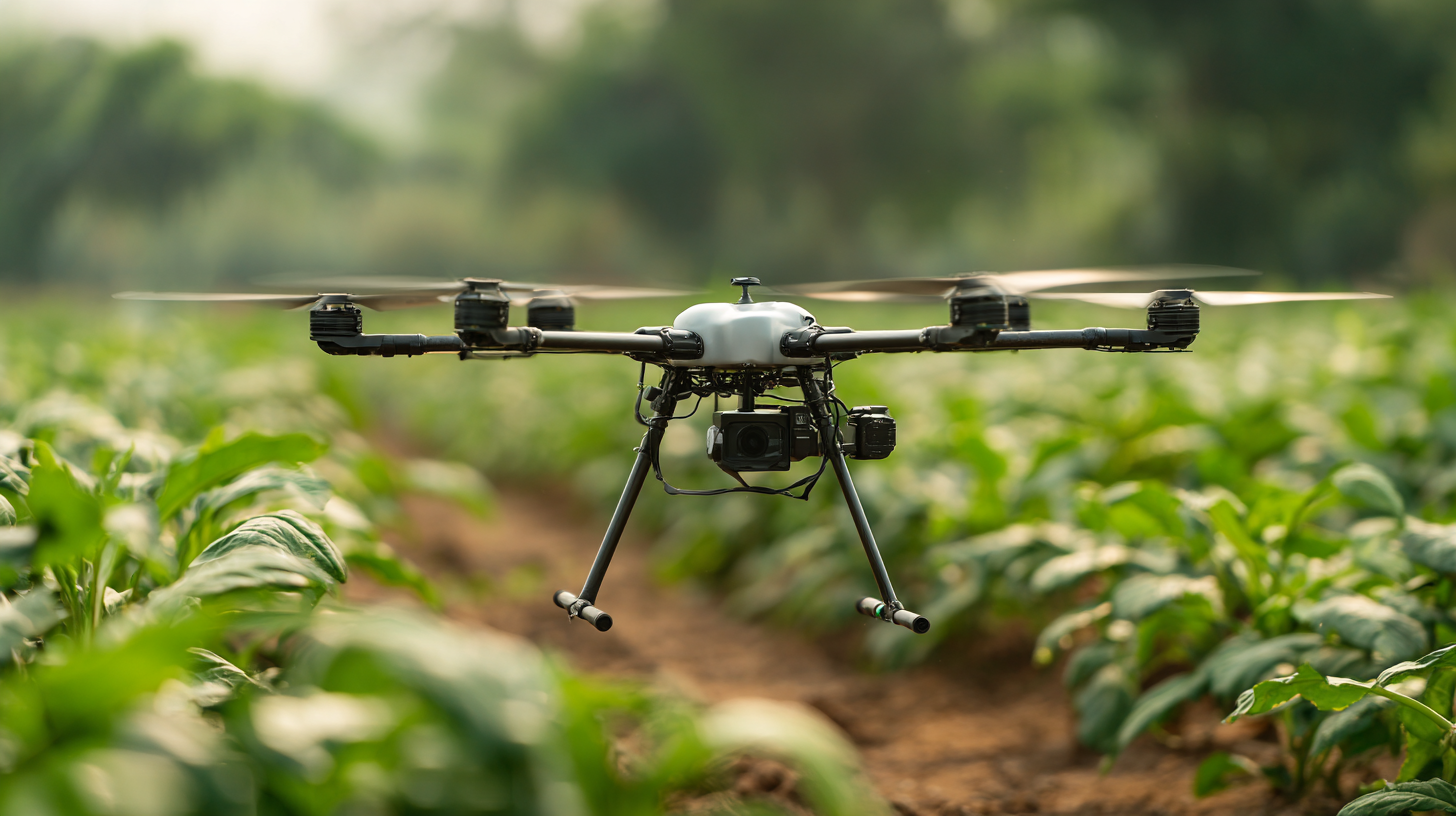
Unmanned Aerial Vehicles (UAVs) have revolutionized the agricultural landscape, offering a suite of features that significantly enhance productivity and efficiency. UAV technology enables farmers to conduct aerial surveys, monitor crop health, and optimize resource utilization. According to a report by MarketsandMarkets, the agricultural UAV market is expected to reach $4.8 billion by 2025, growing at a CAGR of 14.3%. This growth underscores the increasing recognition of UAVs as essential tools in modern farming practices.
One of the key benefits of UAV technology in agriculture is the ability to collect real-time data. Farmers can utilize multispectral imaging for precision agriculture, allowing them to analyze crop conditions at various growth stages. In fact, data from the USDA indicates that precision agriculture can lead to a 10-30% increase in yields while significantly reducing input costs. This efficient monitoring facilitates timely interventions, ultimately boosting overall crop performance.
Tip: When integrating UAVs into your agricultural practices, start with small-scale flights to familiarize yourself with the technology.
Moreover, UAVs can support targeted pesticide application, minimizing chemical use and environmental impact. A study by the University of California found that using UAVs for spraying can reduce pesticide usage by up to 50%, leading to healthier crops and less chemical runoff. This approach not only enhances yield but also promotes sustainable farming practices.
Tip: Regularly analyze the data collected by UAVs to identify patterns and trends that could inform your future planting and resource allocation strategies.
Unmanned Aerial Vehicles (UAVs) are revolutionizing the field of precision agriculture by providing farmers with critical data that enhances crop monitoring. According to a report by MarketsandMarkets, the global market for UAVs in agriculture is projected to reach $6.52 billion by 2026, growing at a CAGR of 32.3%. This significant growth underscores the increasing reliance on UAV technology to optimize agricultural practices and boost yields.
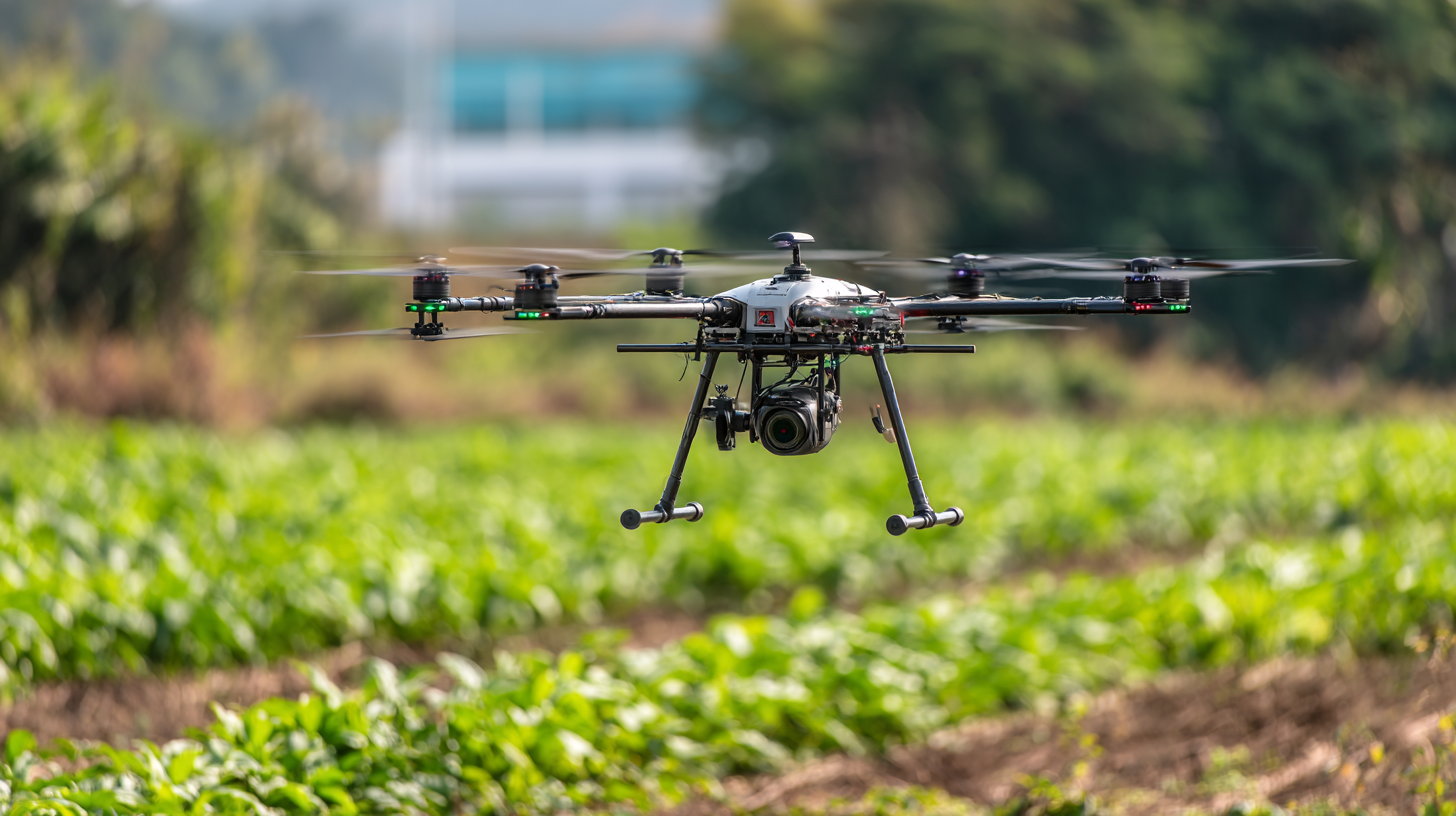
UAVs equipped with advanced imaging sensors can capture high-resolution aerial imagery, enabling farmers to assess crop health more accurately. For instance, multispectral imaging can identify areas of stress within crops, allowing timely interventions that can lead to a more than 20% increase in yields, as reported by the Agricultural Drone Market Analysis. Furthermore, real-time data provided by UAVs facilitates precise application of fertilizers and pesticides, reducing waste and environmental impact. This targeted approach not only conserves resources but also enhances overall productivity, making UAVs an indispensable tool for modern agriculture.
The integration of data generated by Unmanned Aerial Vehicles (UAVs) into agricultural practices offers transformative potential for farmers aiming to enhance their yield. By capturing high-resolution aerial imagery and real-time data regarding crop conditions, UAVs can provide actionable insights that significantly improve decision-making processes. According to a report by MarketsandMarkets, the agricultural UAV market is projected to reach $1.42 billion by 2025, highlighting the growing recognition of UAV technology in precision agriculture.
Farmers can leverage UAV-generated data to monitor crop health, detect pests, and manage irrigation more effectively. For instance, NDVI (Normalized Difference Vegetation Index) analysis from UAV imagery allows for the identification of underperforming areas within fields. A study published in the journal "Precision Agriculture" found that using UAV data to analyze crop conditions could lead to yield increases of up to 15%. By incorporating this data into their farming strategies, agronomists and farmers can optimize resources, reduce costs, and ultimately drive sustainable agricultural practices.
As UAV technology continues to evolve, the fusion of data integration will empower farmers with more profound insights, enabling them to make informed decisions tailored to specific field conditions. The ability to analyze vast amounts of data in a timely manner creates a new paradigm for agriculture, where productivity and sustainability can coexist.
The integration of UAV (Unmanned Aerial Vehicle) technology in agriculture has demonstrated significant potential for improving crop yields while carefully analyzing its financial effectiveness. A 2021 report from the Association for Unmanned Vehicle Systems International (AUVSI) indicated that farmers using UAVs could increase crop yields by up to 20%. This enhancement not only results from precise monitoring and data collection but also from the ability to identify issues such as pest infestations or nutrient deficiencies early on.
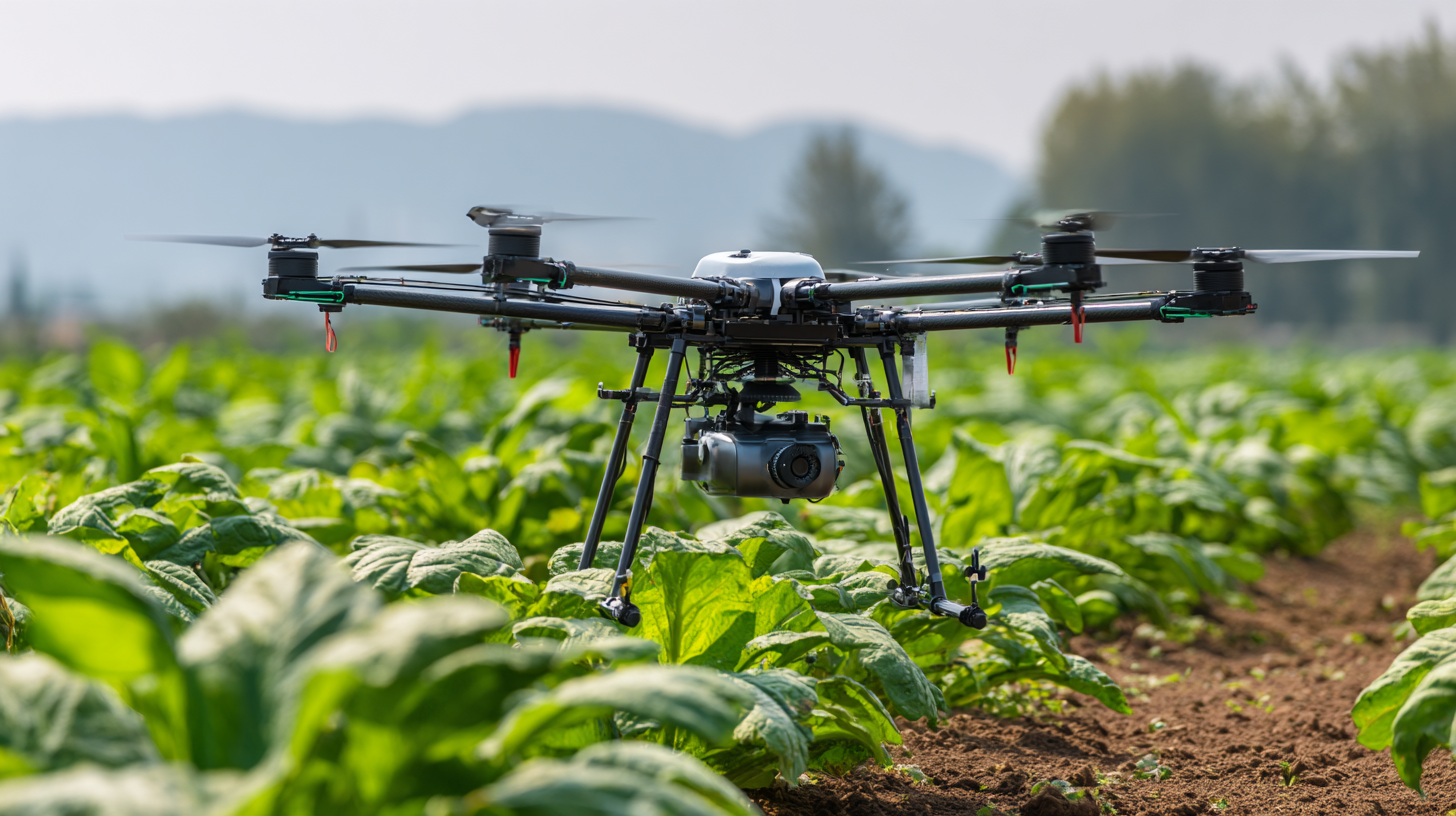
When evaluating the cost-benefit analysis of UAV deployment, it’s essential to consider both initial investments and long-term savings. According to a study published in Precision Agriculture, farmers reported an average return on investment (ROI) of 10 to 20 times the initial expenditure for UAV systems when used for crop management. Specifically, the operational savings from reduced labor, optimized pesticide usage, and improved irrigation strategies often surpass the costs associated with utilizing drone technology, making it a financially viable choice for modern agribusinesses. These findings highlight the importance of adopting UAV technology not only for its agricultural advantages but also for its promising financial implications.
 The application of UAV technology in agriculture has been transformative, as demonstrated by several case studies across various crops. For instance, in rice farming, UAVs equipped with multispectral cameras have been utilized to monitor crop health through specific spectral indices. This data allows farmers to pinpoint areas of stress and optimize input application, significantly enhancing yields. A project in Southeast Asia reported a 20% increase in rice productivity attributed to timely interventions guided by UAV data analysis.
The application of UAV technology in agriculture has been transformative, as demonstrated by several case studies across various crops. For instance, in rice farming, UAVs equipped with multispectral cameras have been utilized to monitor crop health through specific spectral indices. This data allows farmers to pinpoint areas of stress and optimize input application, significantly enhancing yields. A project in Southeast Asia reported a 20% increase in rice productivity attributed to timely interventions guided by UAV data analysis.
 Similarly, in vineyards, UAVs have been employed to perform detailed inspections of grape health and soil conditions. One notable implementation involved a vineyard in California, where precise aerial surveys helped in assessing the uniformity of vine growth and watering needs. By overlaying UAV imagery with historical data, vineyard managers could align agricultural practices with observed trends, ultimately improving the quality and quantity of grape harvests by approximately 15%.
Similarly, in vineyards, UAVs have been employed to perform detailed inspections of grape health and soil conditions. One notable implementation involved a vineyard in California, where precise aerial surveys helped in assessing the uniformity of vine growth and watering needs. By overlaying UAV imagery with historical data, vineyard managers could align agricultural practices with observed trends, ultimately improving the quality and quantity of grape harvests by approximately 15%.
These successful cases highlight the potential of UAV technology to revolutionize crop management, drive efficiency, and sustainably increase agricultural outputs.

